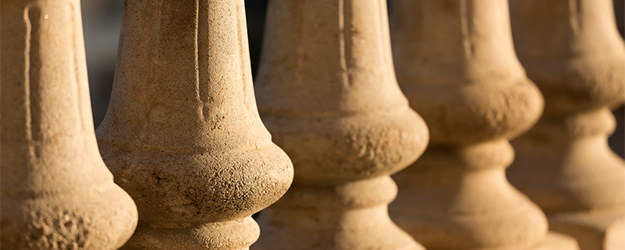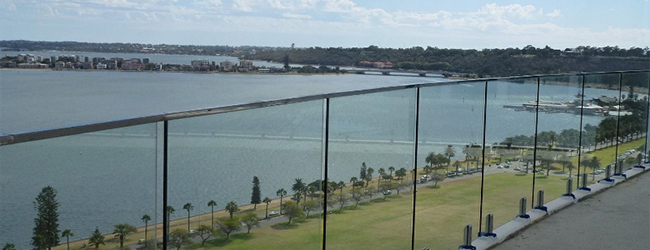A Quick History Of Balustrades
Balustrades today are as popular as they ever were, and it’s not hard to see why. Their versatile design makes them perfectly at home in a number of settings, and the safety benefits they offer will never go out of style. But as well as their practical uses, they have perhaps a surprising historical significance too. Though they probably won’t fill any history textbooks by themselves, balustrades have been used for centuries in locations all across the world – and if that’s not a testament to their lasting usefulness, we don’t know what is.
A Historical Perspective On Balustrades

As anyone who’s ever purchased one will know, balustrades have two main functions – to provide a barrier for safety on raised floors like balconies, bridges or terraces, and to add a decorative finishing touch to the building in question. The strict, dictionary definition of a balustrade is simply a railing supported by balusters: traditionally moulded, shaped columns once made out of wood or clay. Of course, today’s balustrades have moved on a bit since then in terms of makeup and materials (such as our glass balustrades) but back when they were first invented, these were the basic building blocks.
Balustrades are a staggeringly ancient architectural invention – they date further back than most forms of modern architecture, and some of the earliest examples date all the way back to the 17th century BC. They’ve been used cross-culturally in hundreds of civilisations across the planet, and have been found on buildings in remote areas in India and Assyria. One quirk of history is that they’re noticeably absent during the Greek and Roman eras (though were still used by other cultures at the time). However, the Italian Renaissance in the late 15th century demonstrated a particular fondness for balustrades, and they’re still conspicuous additions to some of history’s most impressive structures such as the Medici Palace in Italy, and the Castle of Velez Blanco in Spain.
The origin of the term baluster actually comes from the Italian word balustrade, which translates as the pomegranate flower. This is because of a noted similarity in the shape of traditional balusters to a flower bud or partially opened pomegranate flower, and the moniker stuck.
How Glass Balustrades Compare Today

Our glass balustrade systems have progressed from using wood and clay, though their dual safety and decorative functions haven’t changed. Other balustrades of today commonly seen in private residences often use more modern techniques and materials like steel, glass, concrete and stone, just to name a few, and have kept their versatile design that’s made them so popular throughout history. We’ve often found that our own glass balustrades are particularly well-suited to a contemporary styled building given their look and materials, though we’ve seen them equally at home on more traditional residences too! They can complement an urban environment just as well as a rural one, and they are fantastic for making an area feel more spacious, making raised platforms safer without hindering any awesome views.
If you’re wondering which balustrade would be most suited for your home, don’t hesitate to browse our product range here. On the other hand, our blogs in the past few weeks have provided some handy tips on how to make the most out of your outdoor space, whether you’re using it for work, partying or simply relaxing after a hard day at the office. If you need any advice or guidance, we’re only a phone call away! Our number is 01254 825 594.
Don’t forget to follow us on Twitter: @elitebalustrade
Published: 6th February 2017



